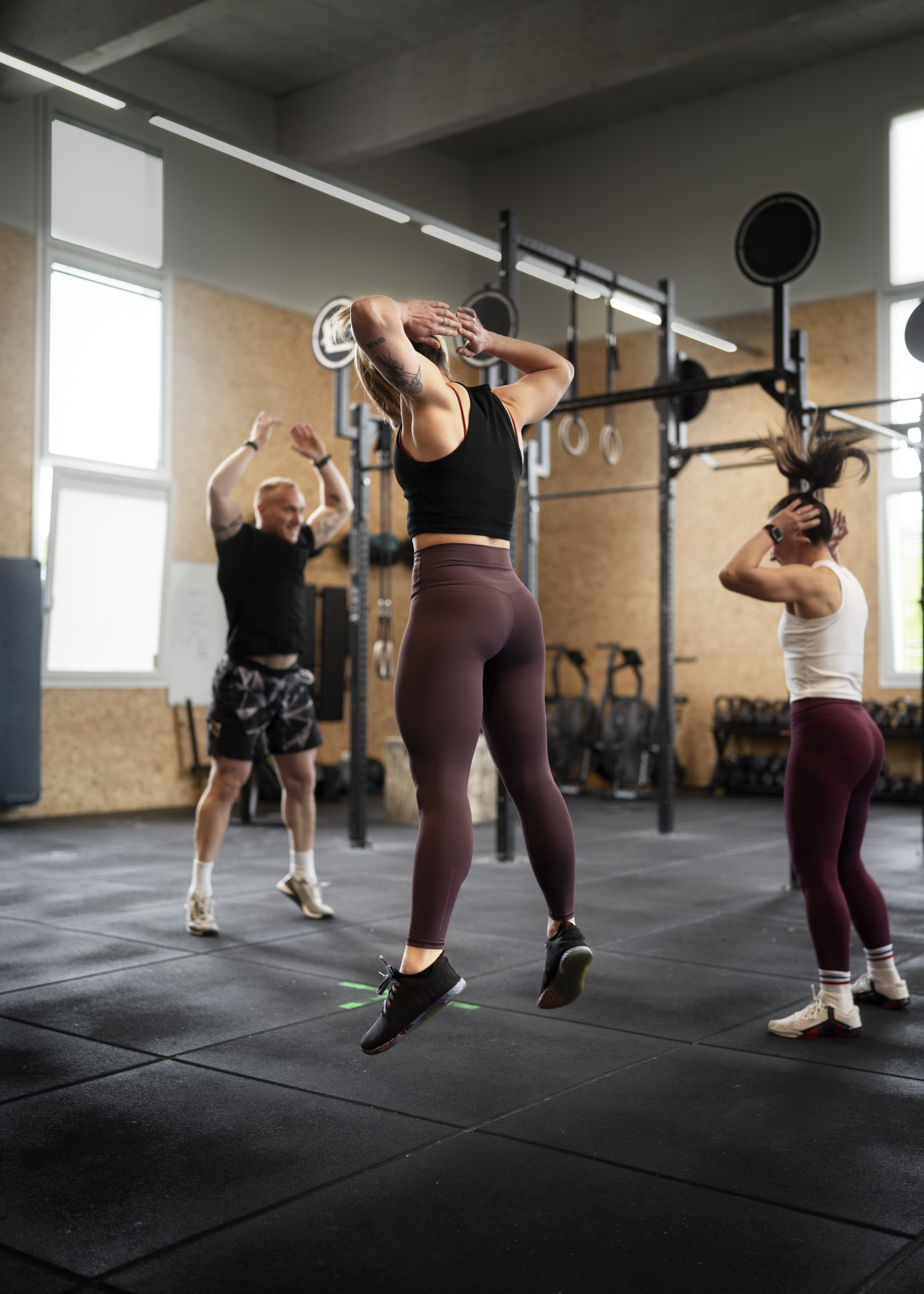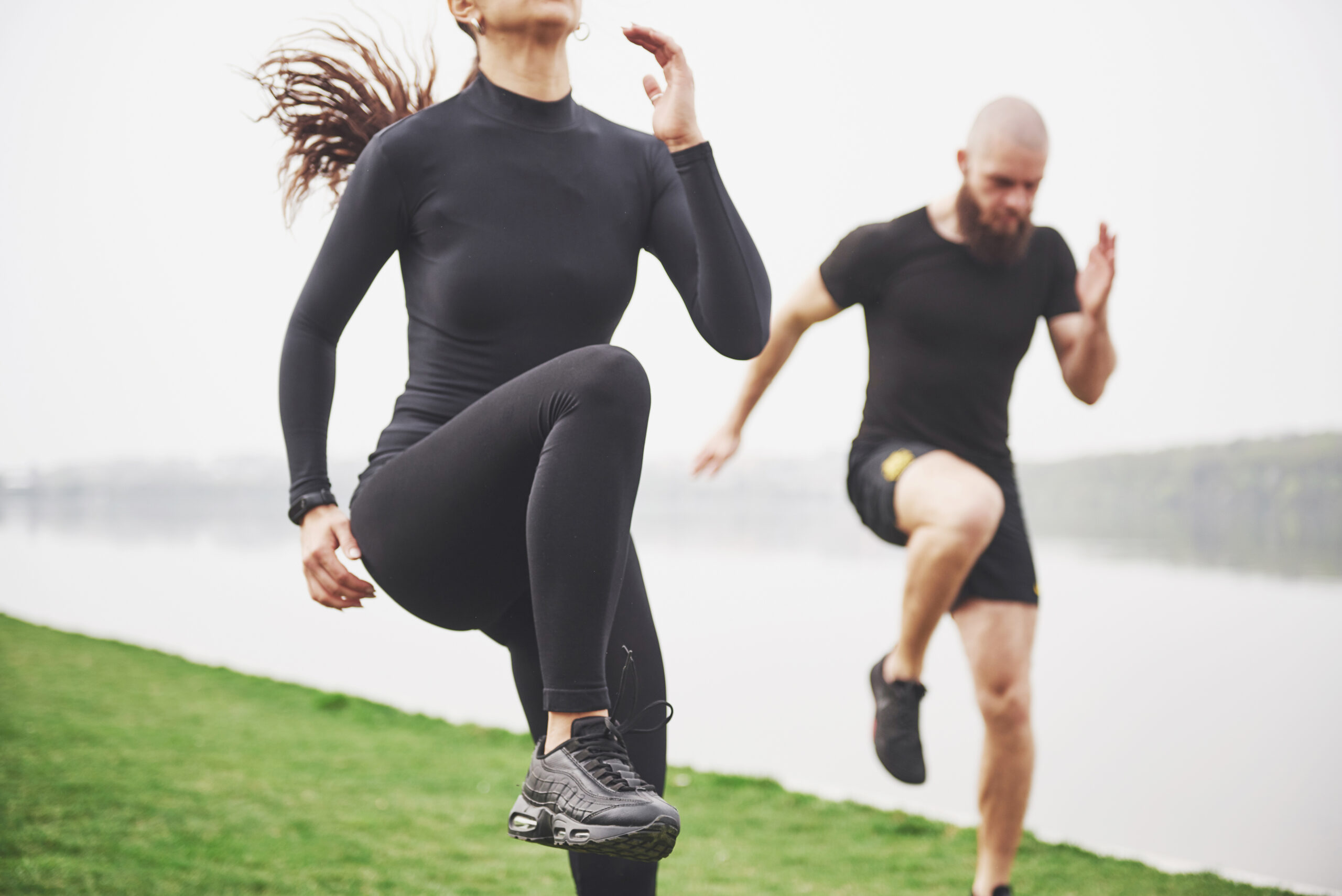You’ve probably seen them – videos of people leaping over boxes, bounding across the gym floor, and defying gravity with seemingly effortless jumps. Plyometrics, a form of exercise based on explosive movements, have exploded in popularity online.Let’s see what is the fuss is about and if it’s right for you, especially if you’re new to the fitness scene.
What are Plyometrics?
Plyometrics are exercises that involve powerful, quick movements meant to train your muscles to generate maximum force in a short time. Think jumping, hopping, and bounding – all with the goal of boosting your power, speed, and agility.
Are Plyometrics Safe for Beginners?
Dr. Jordan Metzl, sports medicine physician and author of “Running Doc”, advises caution for beginners. He emphasizes the importance of proper form and gradual progression to avoid injury. “Start with low-impact exercises like squat jumps and progress to higher impact moves like box jumps,” he recommends.
Why Plyometrics Matter as You Age?
Research suggests plyometrics can be beneficial even as we get older. Studies suggest plyometrics can be beneficial for older adults. They can improve bone density, balance, and coordination, all crucial for preventing falls and maintaining independence. However, it’s essential to consult your doctor and start with low-impact exercises before diving into advanced plyos.

Can I Do Plyometrics Without Being an Athlete?
Absolutely! You don’t need to be a star athlete to reap the benefits. Even if you have started other sports like running, cycling, or swimming, you should consider incorporating some basic plyometric exercises into your routine. Begin with low-impact options such as squat jumps, jumping jacks, or single-leg hops. Remember, form is crucial. Focus on controlled movements and proper landing mechanics to prevent injury.
Simple Plyometric Exercises for Your Daily Routine:
- Jumping jacks: A classic for a reason! They increase heart rate, engage multiple muscle groups, and require no equipment.
- High knees: Running in place with knees lifted high gets your heart pumping and improves leg power.
- Stair hops: Find a sturdy staircase and hop up each step, focusing on light landings.
- Squat jumps: Start in a squat position, then explode upwards and land softly. As you progress, aim for higher jumps.
Remember:
- Start slow and progress gradually: Listen to your body and increase intensity and volume as you get stronger.
- Warm-up and cool down: Prepare your muscles with dynamic stretches before jumping and allow them to recover afterwards.
- Prioritize good form: Don’t sacrifice form for speed or height. It’s better to do fewer reps correctly than risk injury.
- Consult a healthcare professional: If you have any pre-existing conditions or concerns, consult a doctor before starting plyometrics.
Plyometrics can be a fantastic way to boost your fitness routine, but proper form, gradual progression, and listening to your body are crucial. Remember, it’s not about the trend; it’s about finding exercises that work for you and help you reach your goals safely and effectively.
